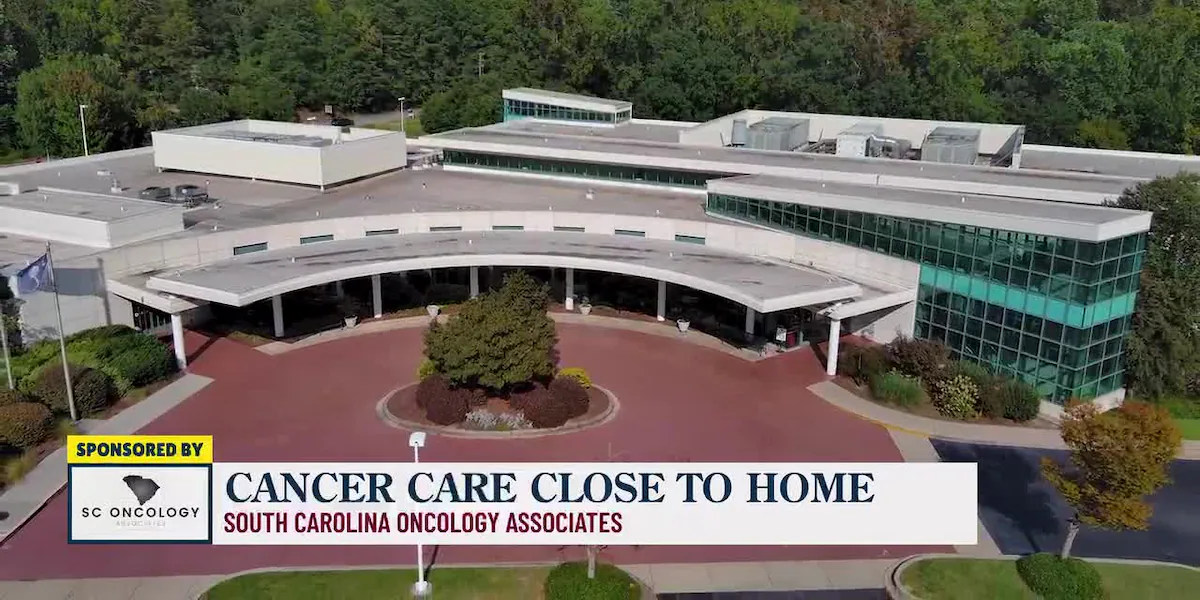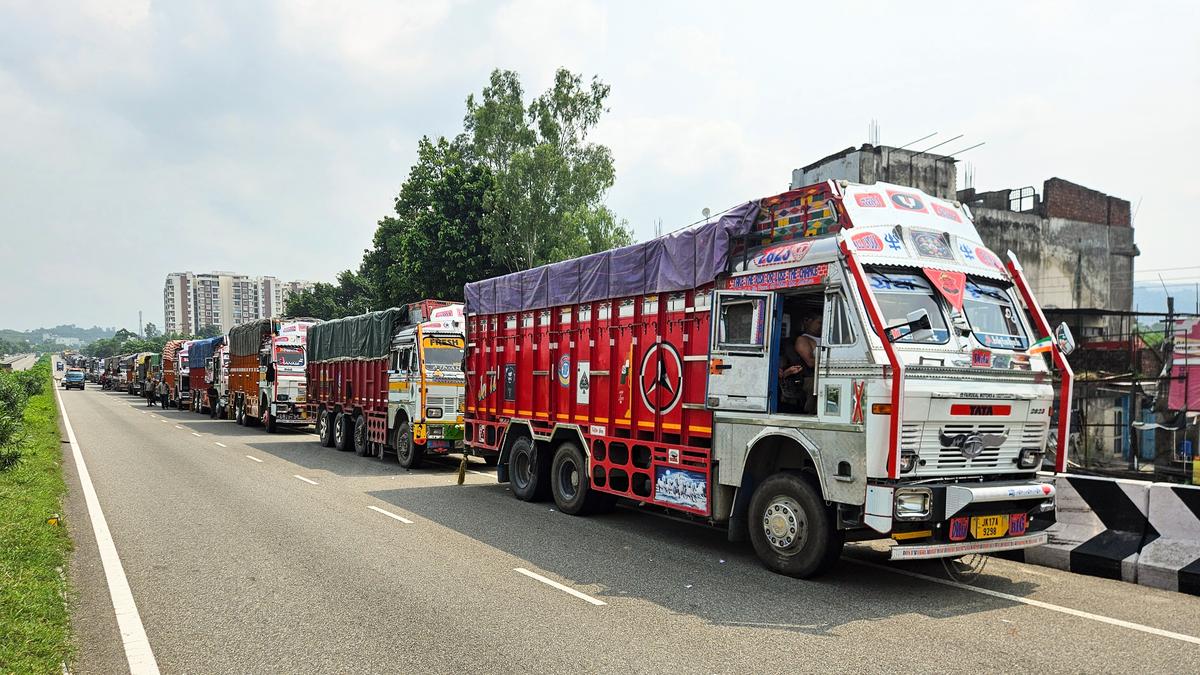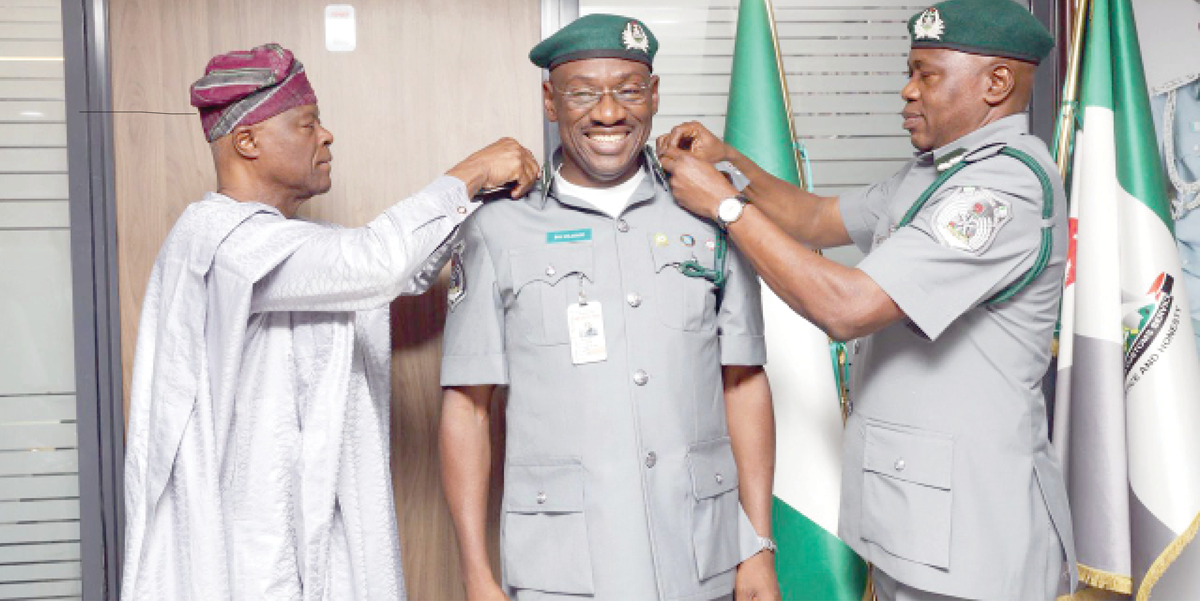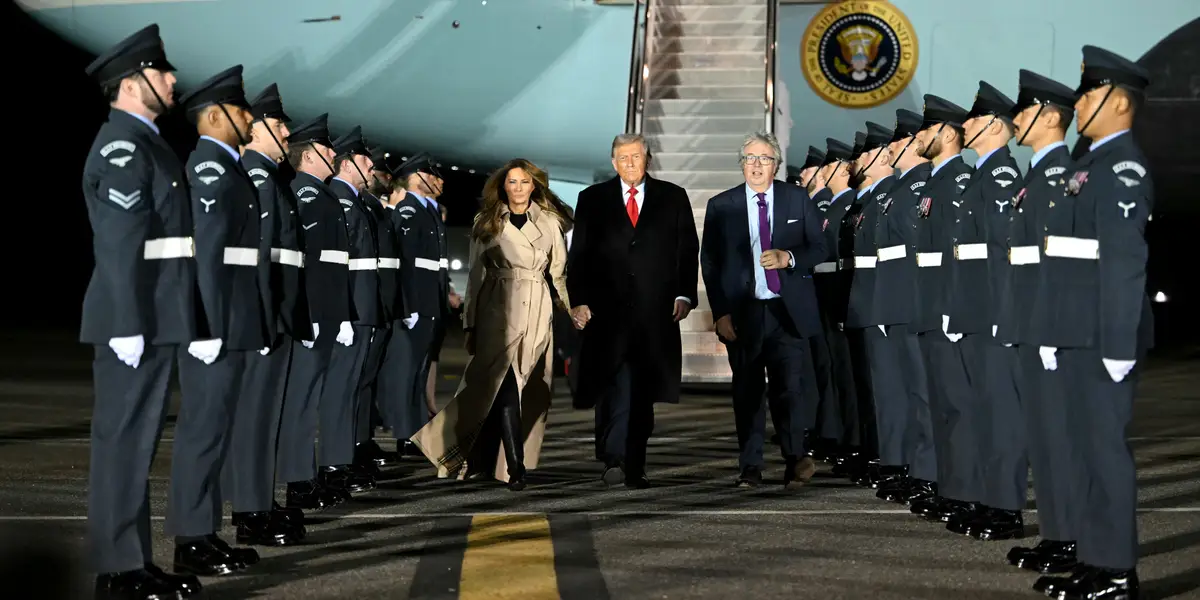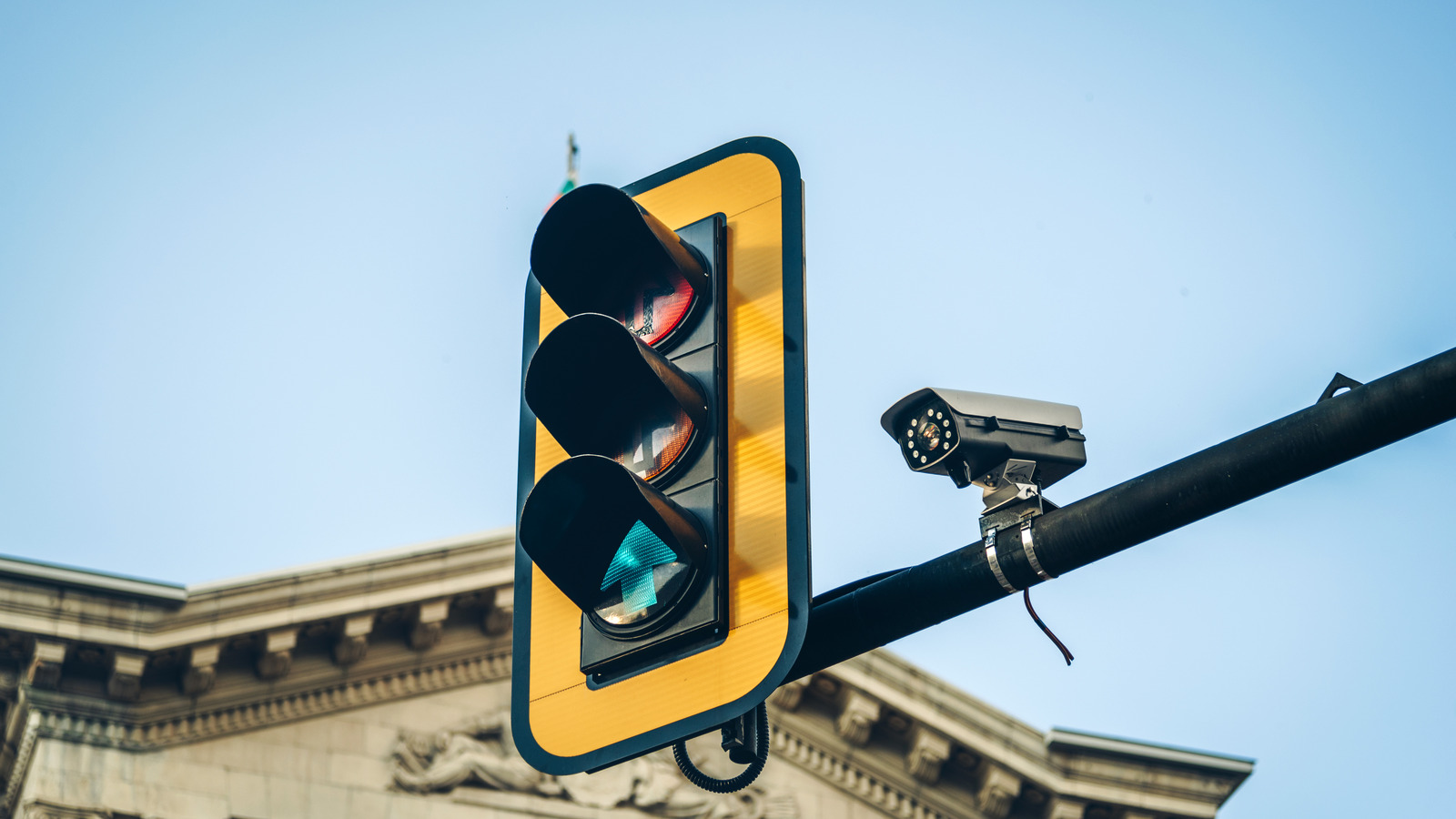
Traffic lights have been with us since 1868, when the first gas-powered set was switched on in London. These lights used a semaphore system similar to those used by the railways of the day and switched to gas lighting at night. Move on a few decades, and the first electric traffic lights appeared in Cleveland in 1914. The more familiar tri-color lights first appeared on Detroit’s streets in 1917 (there’s a reason traffic lights have their color configuration).
However, one innovation that didn’t appear until much later was the pairing of traffic lights and cameras. The first cameras were “red light” cameras designed to capture images of cars that ran red lights. Developed in the early sixties in the Netherlands, this system didn’t arrive in the US until 1994, when New York City installed this type of camera. However, not all cameras are red light cameras. Indeed, only 22 states and the District of Columbia currently permit their use.
Many cameras are simply traffic signal cameras — sometimes called traffic detection cameras — these are connected to a traffic management controller and can be used to activate the lights in response to real-time traffic conditions. Other types of traffic detectors are sometimes used to monitor and control the flow of traffic, while some cameras are used to help apprehend criminals or trace vehicle movements.
Controlling the traffic in a bustling city is no easy task. So, when you’re sitting at a busy intersection staring impatiently at the little box above the lights, chances are it isn’t staring back at you, at least not directly. Many of these devices are there simply to ensure that you spend as little time as possible sitting at that busy intersection. While some traffic lights work in conjunction with cameras, other systems are also used. Typically, cities can use induction loop sensors that detect the mass of a vehicle passing over them. Other types of sensors that perform the same task are microwave radar and infrared detection systems. Microwave systems work like a standard radar system and have the advantage of working in any weather conditions and across multiple lanes of traffic. Infrared detectors use a light beam that registers traffic each time the beam is broken.
Modern camera systems are being used to perform the same tasks. Increasingly, these are using algorithms to analyze live video feeds and make appropriate traffic management decisions. For example, a camera system monitoring a busy intersection will allow traffic to keep flowing in one direction until traffic is detected by the camera monitoring the other direction. Of course, this is an incredibly simplified description of what they do. More and more, these cameras are part of advanced traffic management systems that are helping to make smart cities a reality.
Red light cameras, as the name suggests, capture vehicles that run red lights and can also double as speed cameras. However, while older cameras were limited in the traffic violations they could capture, current cameras are far more sophisticated. For example, they are often used as Automatic License Plate Readers (ALPR). These photograph license plates and compare the results with a list of “vehicles of interest.” If a match is found, police officers are notified in real time.
For police forces, this technology can help apprehend criminals, locate missing persons, and track stolen cars. However, there is a “Big Brother” aspect to them that is concerning to many. Unlike some “red light” cameras that only activate once a violation occurs, ALPR systems can also track the movements of law-abiding citizens going about their daily business. The American Civil Liberties Union (ACLU) has expressed deep concerns about how the data used by such systems can be used, noting that such data is often shared. In one instance, thousands of innocent drivers crossing the Texas/Oklahoma border were questioned as to why they were crossing.
Another concerning aspect is the use of facial recognition technology on traffic light cameras. For instance, Amnesty International reported that the NYPD can access more than 15,000 cameras from 47% of all New York City intersections. According to the study, facial recognition data was used in 11,000 cases in 2019 alone. In short, whether its for safety or surveillance, the cameras above traffic lights are watching and growing in sophistication.
